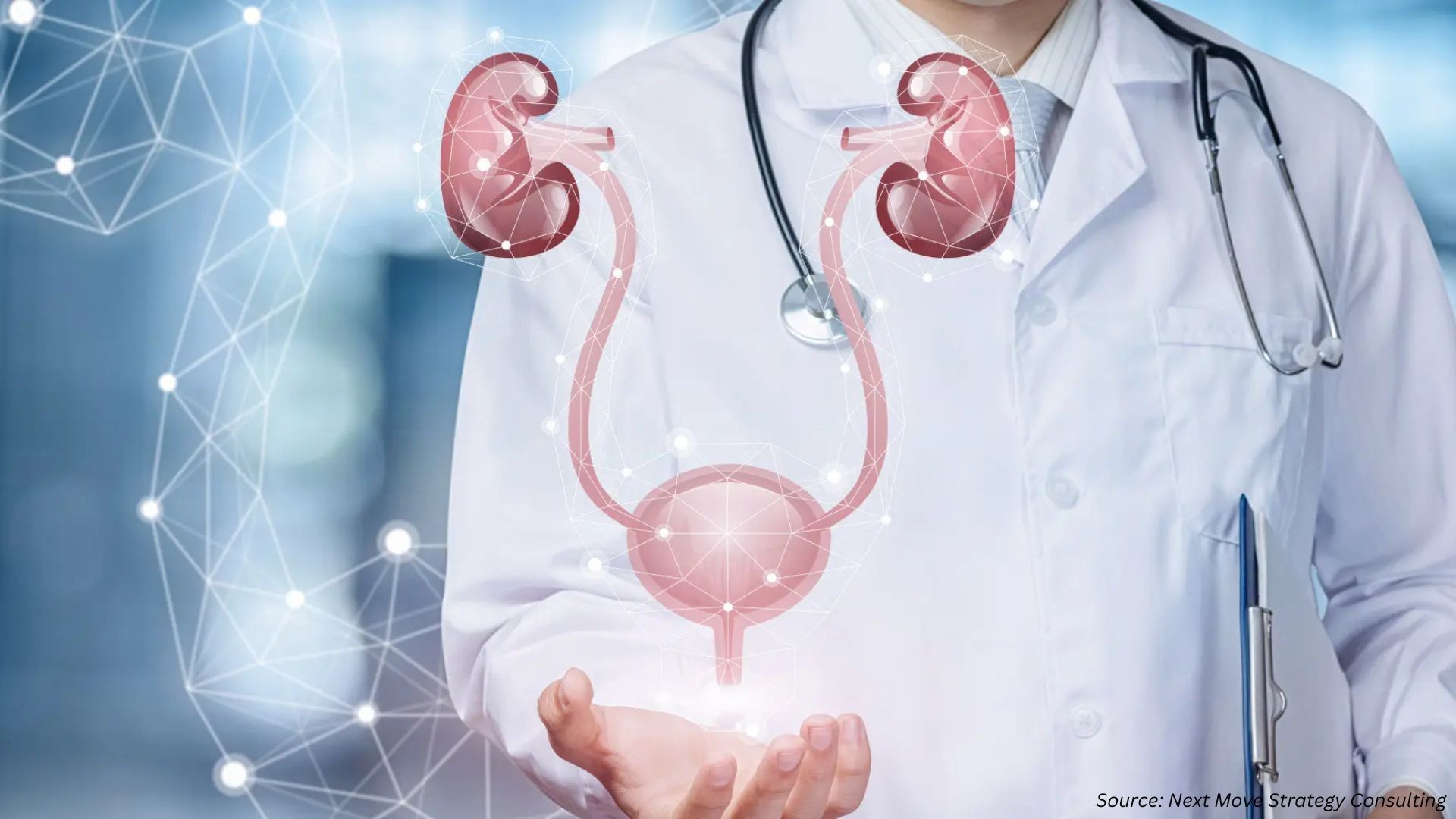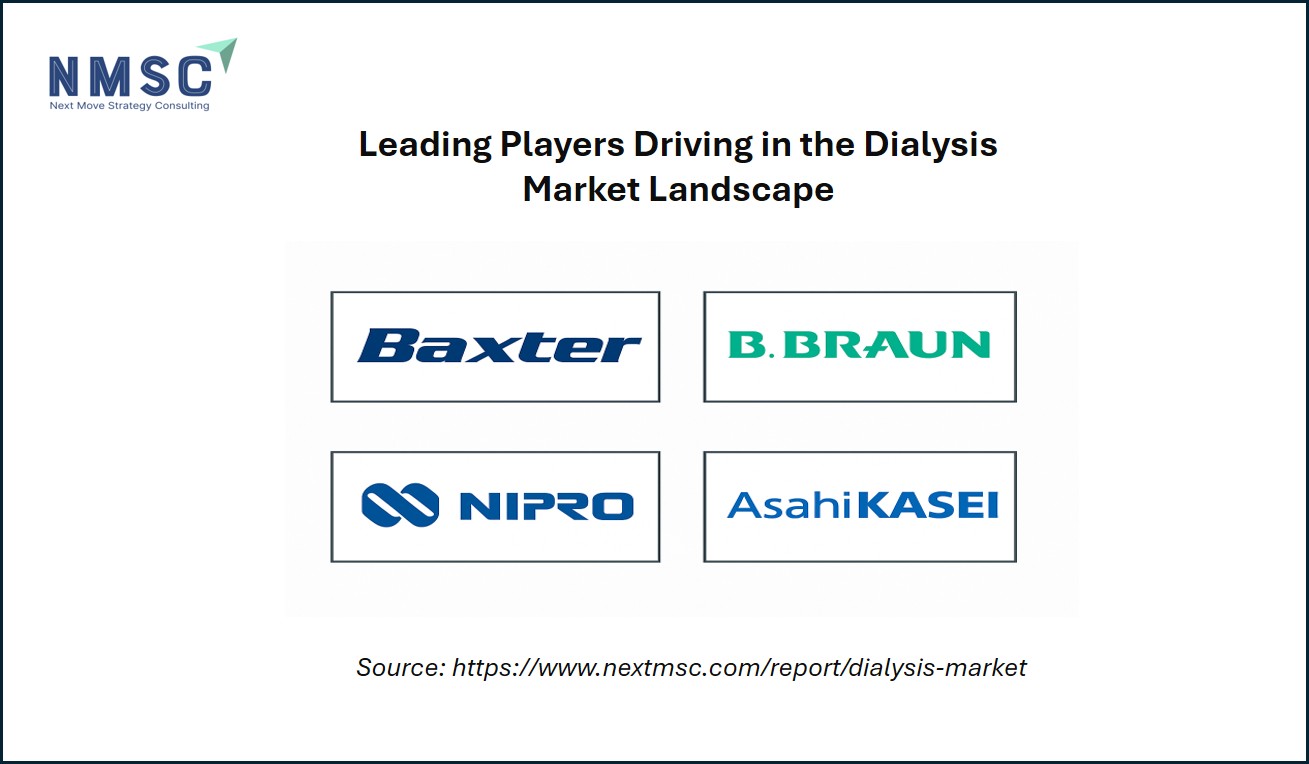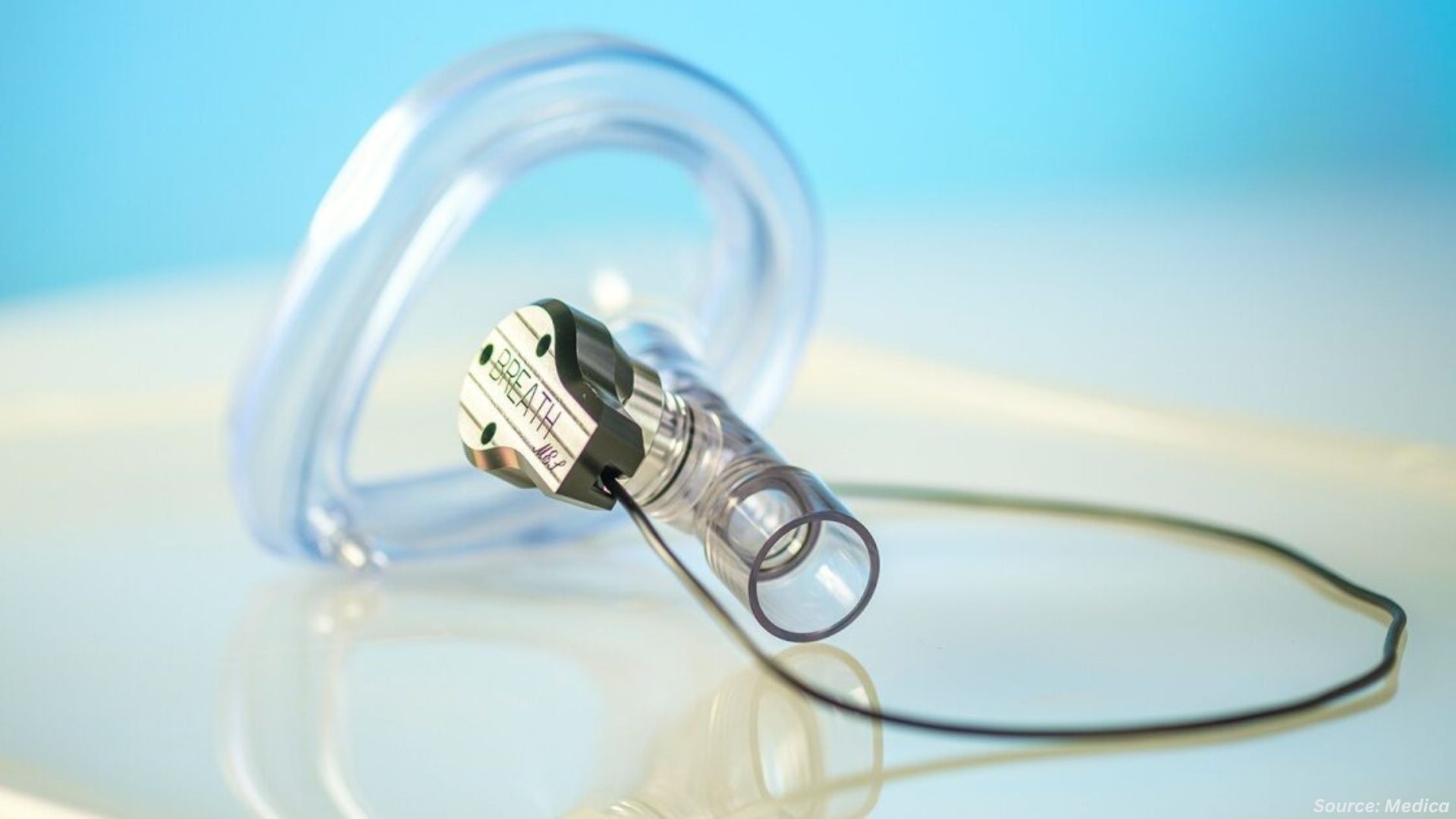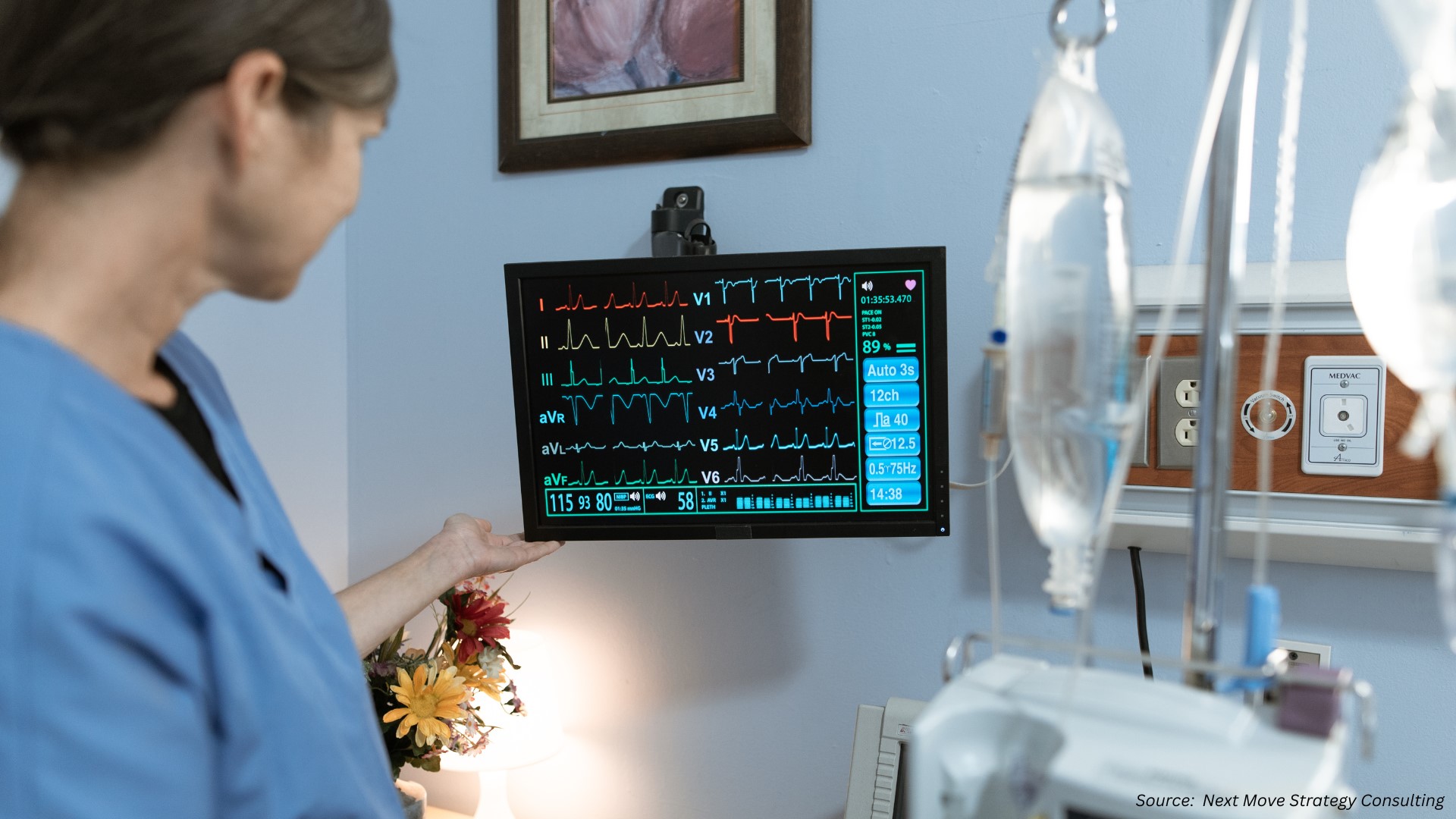Advances in Dialysis: Improving Kidney Health and Survival
Published: 2025-10-04

Chronic kidney disease (CKD) affects millions worldwide, often progressing to end-stage kidney failure requiring dialysis. Dialysis, a medical procedure that removes waste and excess fluid from the blood, has been a cornerstone of treatment. Recent innovations are now enhancing survival rates, health outcomes, and patient quality of life.
Innovative Dialysis Filters Improving Survival
A recent development in dialysis technology involves a new filter designed to improve patient outcomes significantly. Traditional dialysis removes waste effectively but is limited in eliminating certain toxins. This novel filter uses advanced materials and design to capture previously unfiltered molecules.
Key Findings:
|
Feature |
Traditional Dialysis |
New Filter |
|
Toxin Removal |
Standard small |
Broader spectrum clearance, |
|
Patient Outcomes |
Average 5-year |
Preliminary studies indicate |
|
Inflammation Reduction |
Moderate |
Significant reduction in |
The new filter represents a breakthrough, addressing key limitations of conventional dialysis and improving overall patient prognosis.
The Future of Kidney Dialysis
Researchers at Stanford University are exploring next-generation dialysis systems that combine miniaturization, continuous monitoring, and patient-friendly design. The focus is on wearable and implantable devices that allow dialysis outside of clinical settings, increasing convenience and quality of life.
Emerging Innovations:
-
Wearable Artificial Kidneys: Portable devices providing continuous filtration.
-
Implantable Bioartificial Kidneys: Integration of synthetic and biological components to replicate natural kidney functions.
-
Real-Time Monitoring: Sensors track waste levels, blood pressure, and electrolyte balance for personalized therapy.
The future of dialysis is moving towards patient-centric, continuous, and smarter solutions that integrate seamlessly into daily life.
Next Move Strategy Consulting’s View
From the perspective of Next Move Strategy Consulting, the 2025 innovations in dialysis—including advanced high-performance filters and wearable, AI-integrated devices—are poised to significantly reshape the global dialysis market. Improved patient survival rates and reduced complications are likely to drive higher demand for advanced dialysis solutions, while wearable and home-based systems create new market segments focused on patient-centric care. These developments present opportunities for companies to differentiate through innovation, expand into premium product segments, and invest in research and partnerships.
Key Players in the Global Dialysis Market: Leading Companies and Industry Overview
Key players in the dialysis industry include Fresenius Medical Care AG & Co. KGaA, Baxter International Inc., B. Braun Melsungen AG, Nipro Corporation, Asahi Kasei Corporation, Becton, Dickinson and Company (BD), Medtronic Plc, Teleflex Incorporated, Toray Medical Co., Ltd. (Toray Industries, Inc.), Nikkiso Co., Ltd., Dialife SA, Rockwell Medical, Inc., W. L. Gore and Associates, Inc., Quanta Dialysis Technologies Ltd., Outset Medical, Inc., Shandong Weigao Blood Purification Products Co., Ltd., JMS Co., Ltd., Medivators Inc., Terumo Corporation, SWS Hemodialysis Care Co., Ltd., among others, as detailed in the dialysis market report
Patient Impact and Quality of Life
Dialysis traditionally imposes significant lifestyle limitations, with sessions typically lasting 3–5 hours, multiple times per week. The new technologies are designed to reduce these burdens.
Key Impacts:
-
Reduced Hospital Visits: Wearable systems may decrease dependence on clinic-based dialysis.
-
Improved Mental Health: Enhanced mobility and independence reduce stress and depression.
-
Better Physical Outcomes: Continuous filtration reduces toxin build-up, lowering cardiovascular risk and inflammation.
Technology advancements are not only extending life expectancy but also improving the holistic well-being of patients.
Understanding the Challenges
Despite innovations, dialysis still faces hurdles:
-
Access and Cost: Advanced filters and wearable devices are costly and may be inaccessible in low-resource settings.
-
Device Maintenance: Continuous systems require monitoring and maintenance expertise.
-
Patient Adaptation: Transitioning from clinic-based dialysis to wearable or implantable systems requires training and behavioral adjustments.
While promising, accessibility and usability remain critical challenges to address for widespread adoption.
Conclusion
The landscape of dialysis is evolving rapidly, driven by innovations in filters, wearable devices, and bioartificial kidneys. These advancements promise not only to improve survival rates but also to enhance the quality of life for millions of kidney failure patients. By staying informed, supporting clinical research, and advocating for accessibility, healthcare providers and patients can collectively benefit from this transformative era in kidney care.
About the Author
 Tania Dey is an experienced Content Writer specializing in digital transformation and industry-focused insights. She crafts impactful, data-driven content that enhances online visibility, and aligns with emerging market trends. Known for simplifying complex concepts. Tania Dey delivers clear, engaging narratives that empower organizations to stay ahead in a competitive digital landscape.
Tania Dey is an experienced Content Writer specializing in digital transformation and industry-focused insights. She crafts impactful, data-driven content that enhances online visibility, and aligns with emerging market trends. Known for simplifying complex concepts. Tania Dey delivers clear, engaging narratives that empower organizations to stay ahead in a competitive digital landscape.
About the Reviewer
 Debashree Dey is a skilled Content Writer, PR Specialist, and Assistant Manager with expertise in digital marketing. She creates impactful, data-driven campaigns and audience-focused content to boost brand visibility. Passionate about creativity, she also draws inspiration from design and innovative projects.
Debashree Dey is a skilled Content Writer, PR Specialist, and Assistant Manager with expertise in digital marketing. She creates impactful, data-driven campaigns and audience-focused content to boost brand visibility. Passionate about creativity, she also draws inspiration from design and innovative projects.

















Add Comment